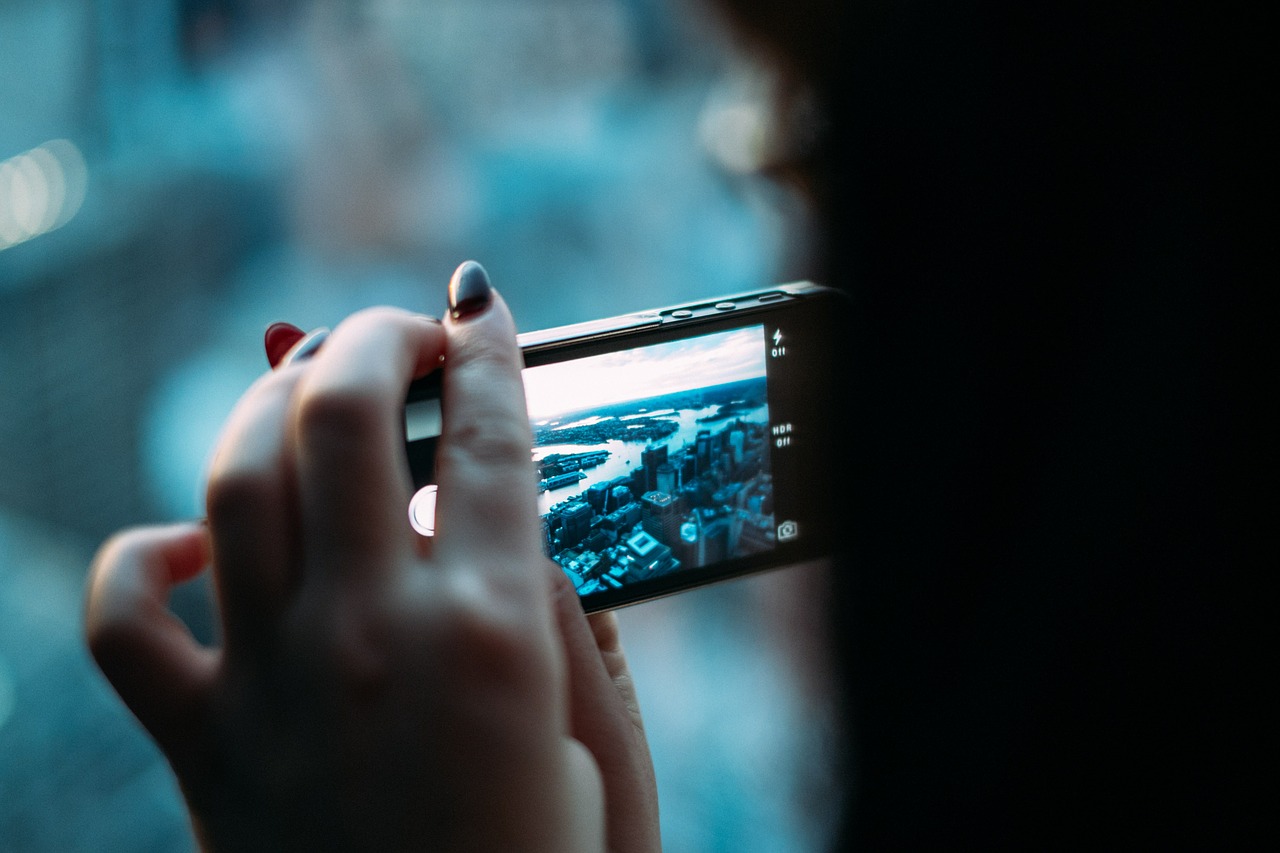The quality of the cameras found in most smartphones today is an amazing gift for photography lovers. Even just a few years ago, smartphone cameras still had a way to go to provide a reasonable level of picture quality, and amateur photographers still preferred to take photos with another device whenever possible. But now, with the majority of smartphone cameras at least on par with, if not better than, most low- to mid-range digital cameras, it’s easier than ever to take great photos using your phone.
Of course, your photo quality will depend a great deal on what kind of camera your smartphone contains, but the following eight simple tips can help you get fantastic photos even from a very basic device:
-
Get to know your camera.
 The first rule of thumb for taking great smartphone photos is to experiment! Play around with your camera: try snapping shots from different angles, at different times of day, using different settings. Make sure you learn your camera’s response time, as there’s typically a small delay between pressing the digital shutter button and when the camera actually records the photo. Remember that practice makes perfect, and the more familiar you become with your camera, the more likely it is that your photos will turn out well.
The first rule of thumb for taking great smartphone photos is to experiment! Play around with your camera: try snapping shots from different angles, at different times of day, using different settings. Make sure you learn your camera’s response time, as there’s typically a small delay between pressing the digital shutter button and when the camera actually records the photo. Remember that practice makes perfect, and the more familiar you become with your camera, the more likely it is that your photos will turn out well.
-
Keep your lens clean.
Speaking of thumbs, smartphone camera lenses can get much dirtier than regular camera lenses given how often phones are handled and how much time they spend, often unprotected, in purses or pockets. Use a clean, soft cloth (a cloth for cleaning glasses is ideal) to keep the lens free of skin oils, lint, or other debris. You might also want to consider keeping your smartphone in a case to better protect it from dirt.
-
Increase resolution.
Some smartphones have options for different picture sizes. If your smartphone camera lets you choose, select the largest picture size possible; in general, bigger pictures can capture a higher level of detail, so your pictures will stay clear and crisp even if you resize them later.
-
Avoid digital zoom.
Not all amateur photographers realize that the digital zoom feature on a smartphone doesn’t work like a zoom lens on a regular camera. When you zoom digitally, you’re not actually getting a closer view of the image you’re looking at, it’s just that the camera is cropping and resizing the image. This usually results in pictures that are blurry and pixelated, so most photographers prefer to ignore the digital zoom function, and instead zoom in on their subject the old-fashioned way: by walking closer to it.
-
Work in the right light.
 For a high-quality shot with realistic color, nothing beats natural light. So, whenever possible, take your smartphone photos during the day in bright, naturally lit environments. If you’re snapping photos inside, choose an area that’s well lit by strong artificial lights. You can also look for simple ways to reflect any available light; bouncing light off a car sunshade, for example, can make a big difference in illuminating your subject. In general, it’s best to avoid smartphone camera flashes, as they tend to wash out a subject and make for a flat photo. As an alternative, if you are in a very dark setting and need some help with lighting, try having a friend with another smartphone stand next to you and light up the subject with their phone’s flashlight function.
For a high-quality shot with realistic color, nothing beats natural light. So, whenever possible, take your smartphone photos during the day in bright, naturally lit environments. If you’re snapping photos inside, choose an area that’s well lit by strong artificial lights. You can also look for simple ways to reflect any available light; bouncing light off a car sunshade, for example, can make a big difference in illuminating your subject. In general, it’s best to avoid smartphone camera flashes, as they tend to wash out a subject and make for a flat photo. As an alternative, if you are in a very dark setting and need some help with lighting, try having a friend with another smartphone stand next to you and light up the subject with their phone’s flashlight function.
-
Steady yourself.
Shaky hands or a strong wind can lead to a blurry photo, so it’s important to find a way to keep steady while you’re shooting. There are plenty of relatively inexpensive and lightweight tripod options for smartphone cameras that are a worthwhile investment if you like to take plenty of shots of scenery, landscapes, or architecture. If you prefer to hold the camera yourself, make your body as steady as possible: lean against a sturdy object (like a wall or a doorframe) to support yourself, or hold the phone in both hands with your elbows propped on a table or other stable surface.
-
Remember the rule of thirds.
How you frame your shot can make a big difference to its visual appeal. A great basic photography rule to keep in mind is the rule of thirds: imagine that your photo is divided into thirds both vertically and horizontally (some smartphones even have a setting that will display these lines for you on the screen). Then, rather than putting the subject of your photo right in the middle, move it into either the top or bottom, or left or right, third of the frame.
-
Take advantage of apps.
 Even if a photo doesn’t look its best right after you’ve taken it, the huge range of powerful editing tools and apps available for most smartphones makes it easy to improve photos after the fact. Different apps let you crop shots, enhance colors, adjust angles, or add filters for an extra artistic touch. You can edit photos on your desktop using a memory card, or simply perform your touchups directly on your smartphone.
Even if a photo doesn’t look its best right after you’ve taken it, the huge range of powerful editing tools and apps available for most smartphones makes it easy to improve photos after the fact. Different apps let you crop shots, enhance colors, adjust angles, or add filters for an extra artistic touch. You can edit photos on your desktop using a memory card, or simply perform your touchups directly on your smartphone.

